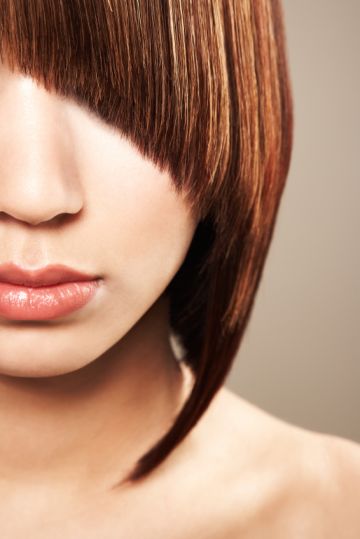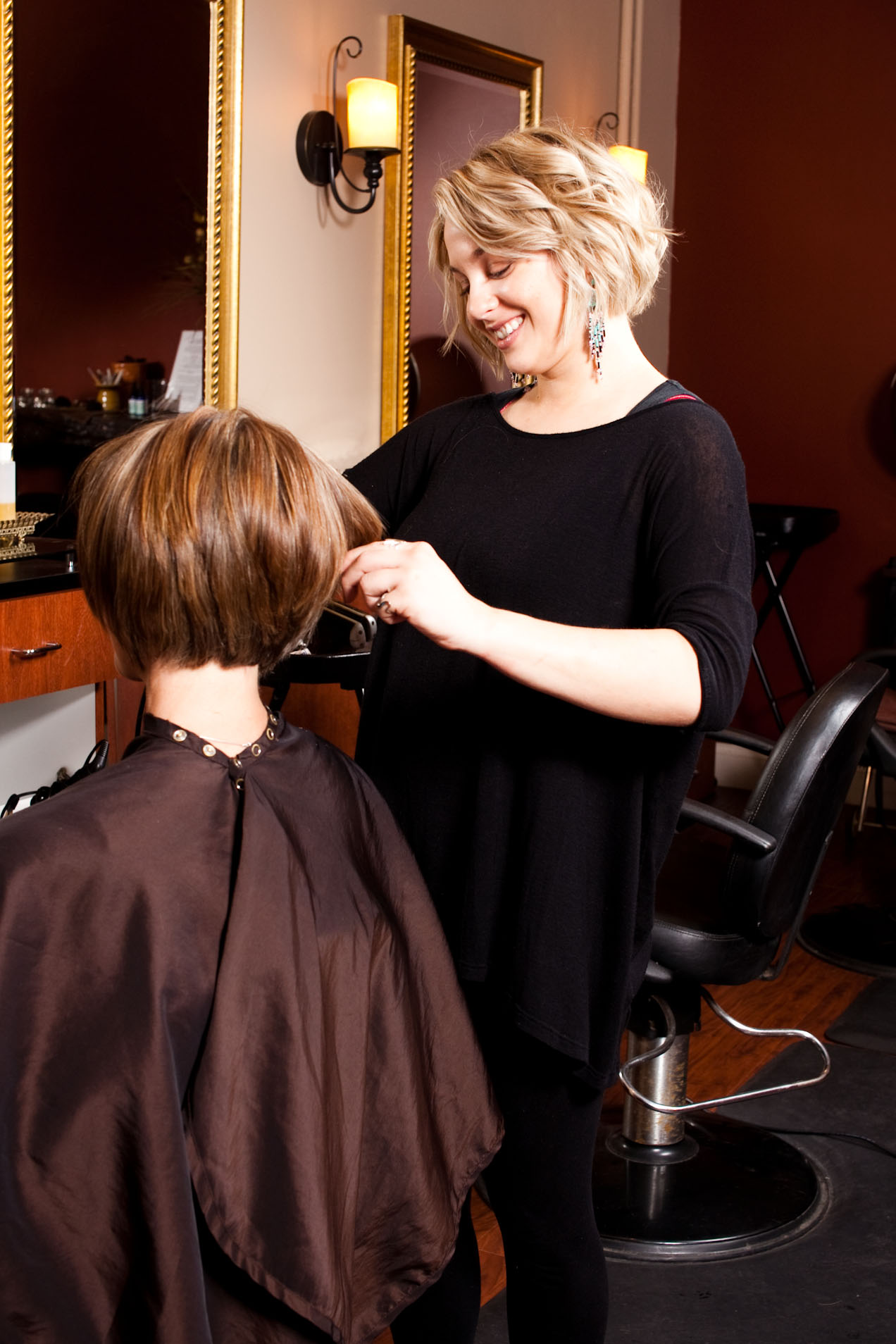Fabulous tid-bits from Philip Kingsley, leading trichologist I often keep up with!
From grey and silver to salt-and-pepper, people can often be as unsure how to describe their changing hair colour as they are in how to hide, flaunt or care for it.
2010 saw a fashion-led trend that saw many in the media spotlight deliberately turn their locks silver, from Pink to Pixie Geldof. With grey hair being the stereotypical antithesis of a youthful appearance it creates an edgy look. By playing with the usual associations of grey hair with older age, it suggests attitudes to grey hair can shift for women, since men already have the positive image of natural grey tresses in the label “silver-fox”.
And that’s no bad thing, since by the age of 30 most people have a few grey hairs and by 50 at least half of your hair will normally have turned grey. Whilst you can follow fashion and turn to the bottle to achieve a silver style, or leave your hair au naturel, most aim to achieve the opposite effect. Why? Because, as Philip Kingsley notes in The Daily Mail “greying hair is synonymous with ageing and in our modern “youthful” culture, we delay the appearance of ageing as much as we can”.
The grey hair so many of us try and cover up is in fact a combination of normally pigmented hairs interspersed with white ones, which have no pigment. It is genetics, nutritional and hormonal factors that most influence the arrival of grey hairs. And we can all take comfort in that it is, ultimately, an ageing inevitability that happens naturally to everyone.
There are many grey areas about greying hair, and a whole host of hair myths.
Firstly is the debate as to whether vitamin B and stress levels have great influence over what can be a sensitive issue- greying hair. It is thought that grey hair is due to a lack of vitamin B- and it is know that a lack of vitamin B can be caused by stress. It was this perhaps that led John Freida to coin the term GHOSTS (grey haired over stressed twenty somethings).
In some experiments with black rats it has been shown that deprived of vitamin B their hair turns white, with vitamin B taken in large doses then reversing the greying effect. Trichologist Philip Kingsley is much quoted on this debatable topic. It has not been proven in humans, but anecdotal evidence suggests that large doses of the B vitamins may slow down greying, but not reverse it.
Another of the key mysteries is as to whether pulling out a grey hair will cause more to sprout in their place.
Fear not -this is just a hair myth. When you pull out a grey hair, two do not grow in its place. As All You Magazine highlighted in their January edition, the number of hairs in each follicle is genetically determined and pulling out stubborn greys won’t increase that number. However, it is far from advisable as if you pull out the same strand repeatedly you can damage the roots.
This also leads on to another popular myth: that grey hair is coarser, when in fact grey hair tends to be finer. It may be drier which gives the impression on being coarser, though it is usually finer since hair gets finer as we get older. Also, we often pull out our first few grey hairs in an attempt to remove the signs of ageing, and this constant pulling can distort the hair follicle, which can give the appearance of being coarser too.
Dryness has also created the general perception that grey hair is frizzier, when this is not the case. This is because grey hair is drier and also finer. Dry hair tends to stick out and finer hair, not having the weight of thicker hair, doesn’t lie in place as well either.
So how should you care for your grey or silver locks? A common option is to dye them. You could try semi-permanent dye or permanent dye. To keep your hair healthy if you frequently process it, we’d recommend a deep moisturising conditioning treatment.
Why is UV protection relevant to grey hair? This is because grey hair lacks melanin (pigment) which in the skin protects against the sun. Its absence in the hair shaft can make it more vulnerable to sun damage as well. To avoid the yellow discolouration of grey hair, use styling aids with sunscreens, which guards against discolouration and damage caused by weathering from sun, chlorine, salt water and wind as well as providing a super conditioning treatment for your hair.
Grey hair should be handled in the same way as naturally pigmented hair, though as grey hair shows up the dirt more than any other hair type it is best to wash and condition daily.
Whilst grey hair is synonymous with ageing, healthy hair will forever be happy hair. Find article HERE



